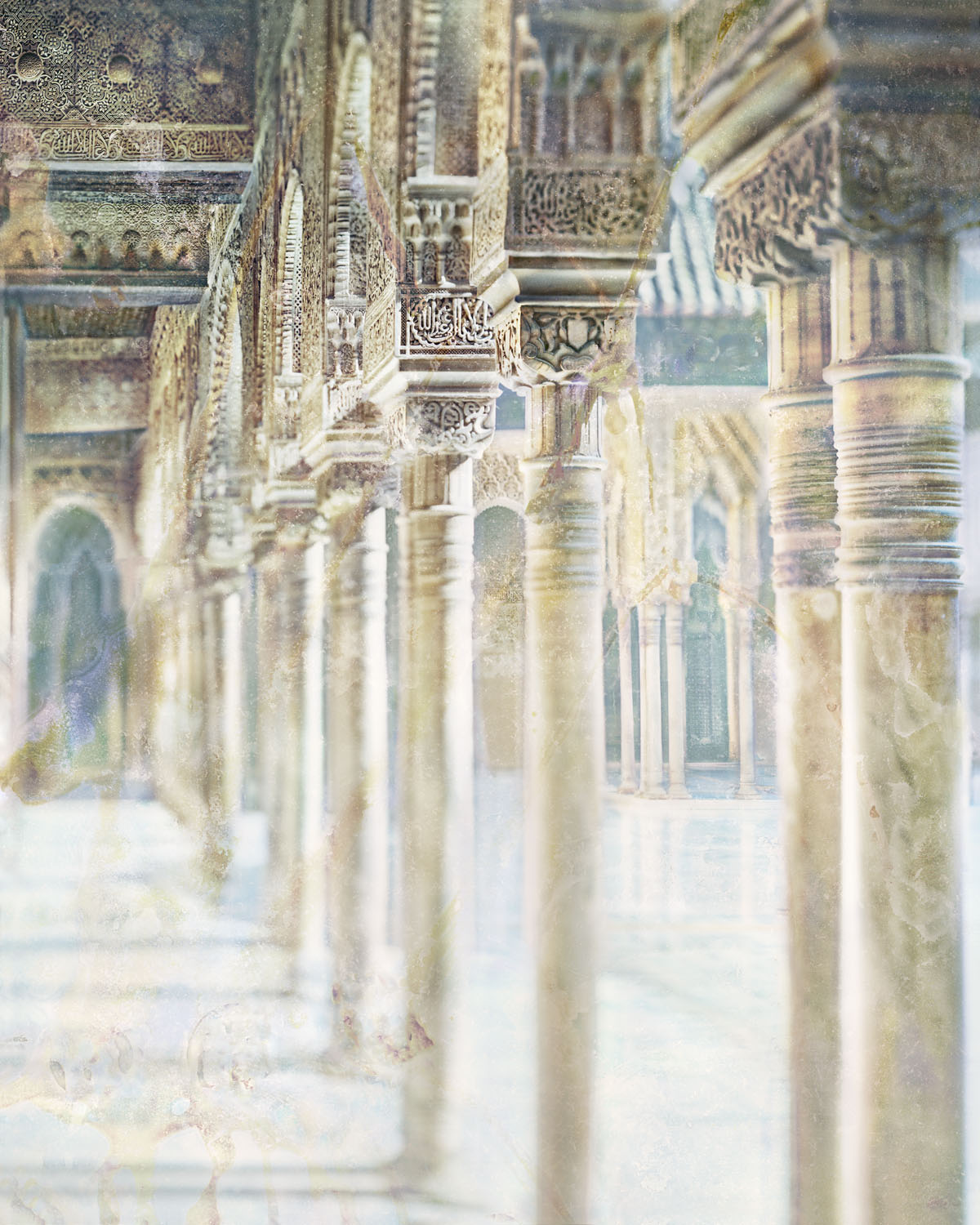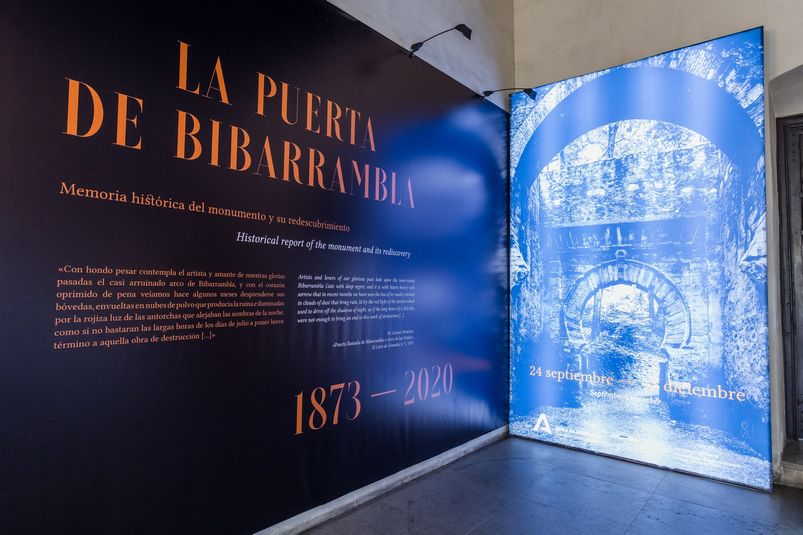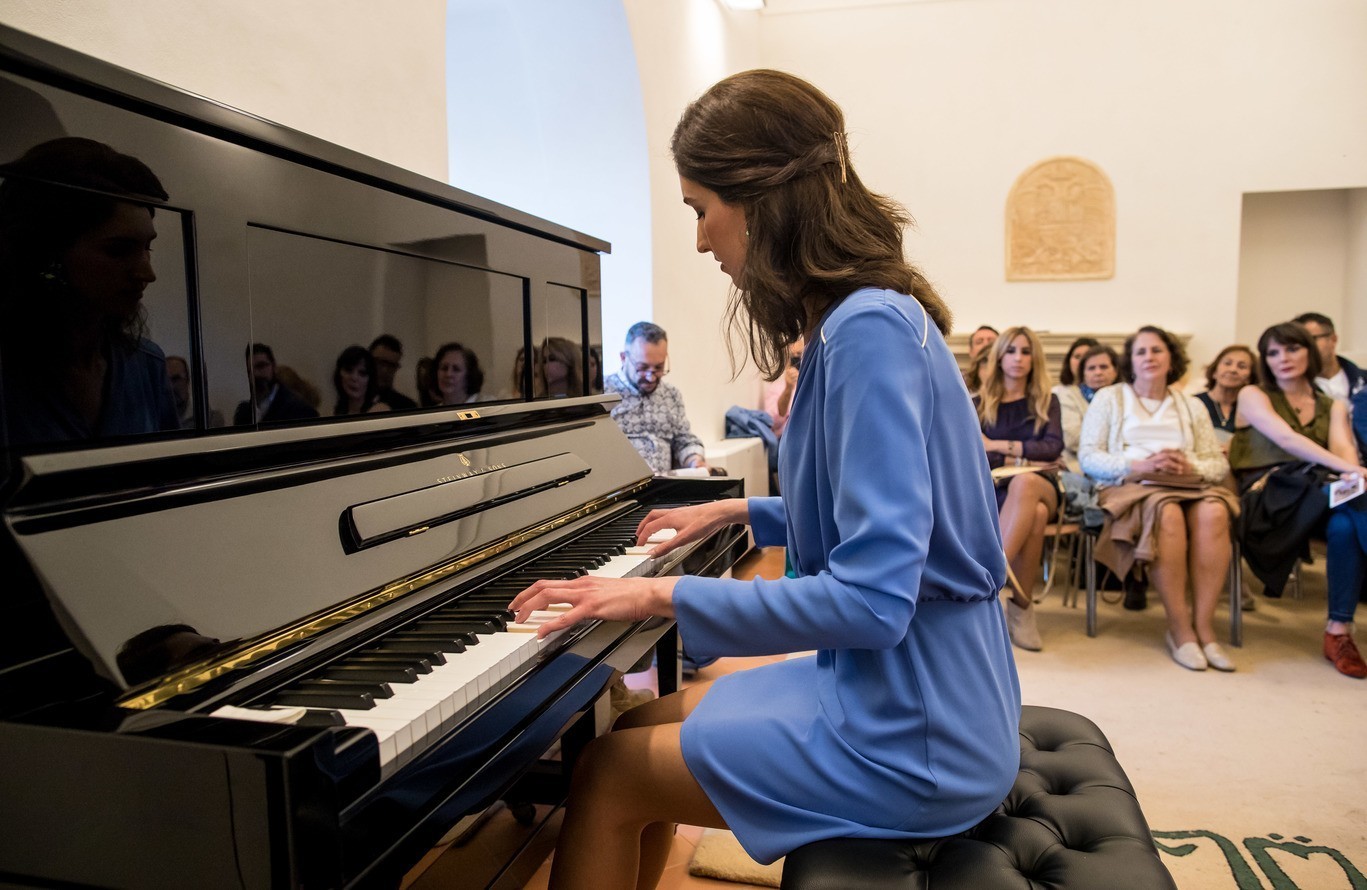The Castle of Illora as an example of the defence of the Alhambra Sultanate
The first historical reference to Illora Castle, was one of the points on the roads that fanned out fromMadīnat Ilbīra, which means that it dates back to at least the beginning of the 10th century. The written sources describing the urban layout of the town of Íllora are exclusively Castilian.
Situated in the area known as the Montes Occidentales (Western Hills) the castle formed part of the defensive structure that extended from Guadix to Loja. Íllora was a crucial stronghold in the defence of Granada due to its location on the southern slopes of the Sub-Baetic Mountains and the northern edge of the Vega, the fertile plain around Granada, and as part of the system for controlling the natural passes into the Guadalquivir valley.
Until 1245 the forts at Illora, Montefrío and Moclín, were part of the second line of defence of the Sultanate, however after the castles at Martos, Víboras, Alcaudete and Porcuna (between 1225 and 1245), these forts assumed their position on the front line of the Muslim state. Íllora, Montefrío and Moclín became one of the most important defensive lines in the Nasrid Kingdom.
In this talk, we will be analysing the role played by Illora Castle on the northern frontier of the Sultanate and in the defence of the Kingdom of Granada. To this end we will be studying some of the following issues:
- Position of the frontier of the Nasrid kingdom;
- Historical context;
- Nasrid army;
- Defensive building structures;
- Íllora Castle.
Pressured from the north by the Christian kingdoms and from the south by the Marinids from North Africa, the Sultanate survived for over 250 years thanks to a range of factors including very rugged terrain, the creation of an increasingly well looked-after defensive strategy and system, and the upkeep of an army reinforced with Berber troops from Africa.
In addition to these soldiers, the frontier was also defended by fortified structures. These also acted as symbols of political power and were deliberately designed to be looked up to by the people and by other states.
The use of artillery brought changes in the way of building walls. Situated in strategic places with high visibility, their design had a number of basic features.
Time: 2nd and 3rd Sundays, 9th and 16th, at 12.00 h
Place: Museum of the Alhambra, Palace of Charles V

La Alhambra, a look from Fernando Manso
MORE INFORMATION
WASHINGTON IRVING AND THE ALHAMBRA
MORE INFORMATION
THE GATE OF BIBARRAMBLA. Historical report of the monument and its rediscovery
MORE INFORMATIONTHE EMPEROR´S CHAMBERS
MORE INFORMATION
The Council of Alhambra and Generalife will refund automatically the full amount of the bookings
MORE INFORMATION





 Contact
Contact















